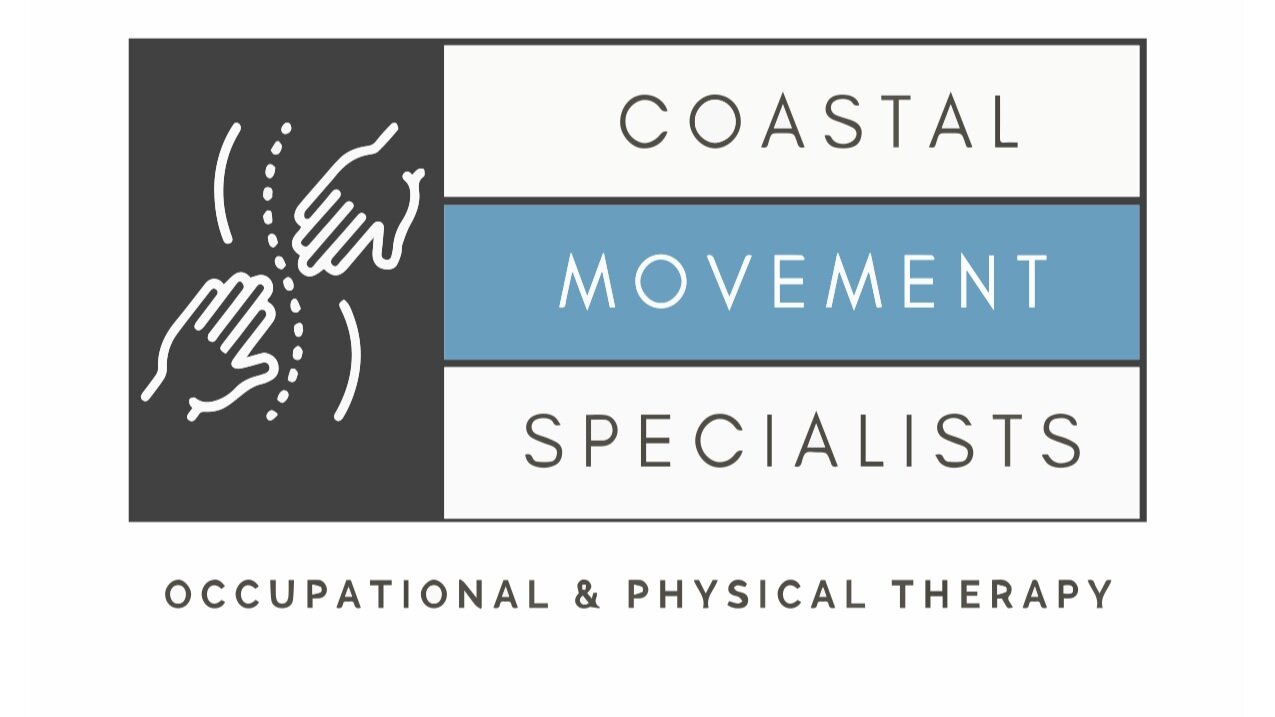Shin Splints Physical Therapy
Most activities and exercise programs depend on the constant use of your lower legs. Whether you run marathons, walk, or spend the workday on your feet, shin splints can disrupt your lifestyle significantly. Our trained occupational and physical therapists are passionate about helping resolve your pain so you can return to the activities you enjoy. Learn more below, and contact Coastal Movement Specialists to schedule an appointment in our Johns Island, SC office.
What Are Shin Splints?
Shin splints is the term used to refer to the pain you feel on the shinbone or tibia. This bone extends from the knee to the ankle on the front of your leg. The medical term for shin splints is medial tibial stress syndrome (MTSS). Physical activities that place stress on the tibia, lower leg muscles, and surrounding connective tissue can cause inflammation and the characteristic shin splint pain in your lower leg.
+ What Causes Shin Splints?
Overuse of the lower legs usually causes shin splints. Repeated stress on the shinbone causes inflammation and swelling of the muscles on the front of your leg, which has little padding from fat or other soft tissue. The slightest swelling and inflammation, therefore, can result in moderate to severe pain. Running, dancing, and beginning a new exercise program are common causes of shin splints.
+ Risk Factors for Developing Shin Splints
Anyone can develop shin splints, but certain risk factors increase your chances of developing them, including:
- Running, jogging, or walking fast
- Changing to a more intense or more prolonged exercise program
- Running or walking up or down hills, hard surfaces, or bumpy ground
- Using improper footwear for your activity
- Foot abnormalities such as high arches or flat feet
- Weak or tight leg muscles
+ What Are the Symptoms?
If you develop shin splints, you may have one or more of the following symptoms:
- Pain along the bone in your lower leg
- Tenderness when touching the shinbone
- Swelling of the lower leg
- Pain before, during, or after activity
+ How Is It Diagnosed?
Our therapists perform a thorough physical examination that includes observing you walk and perform other activities that cause your symptoms. We also assess the strength, flexibility, and mobility of your legs and check for pain when applying pressure to your shin. We can typically diagnose shin splints from your symptoms and a physical exam. Occasionally, you may need X-rays and other imaging scans for a correct diagnosis.
+ How Can Physical Therapy Help?
After diagnosing shin splints, our trained therapists prescribe a treatment plant to help you return to your active lifestyle quickly and safely. Your treatment may include:
- Exercises to increase the flexibility of lower leg muscles
- Exercises to improve the strength and flexibility of hip muscles
- Learning proper footwear and preventive measures
- Activity modification
Schedule an Appointment
Located on Johns Island, SC, Coastal Movement Specialists serves the entire Charleston area. Contact us today to schedule an appointment with our experienced physical therapists.

